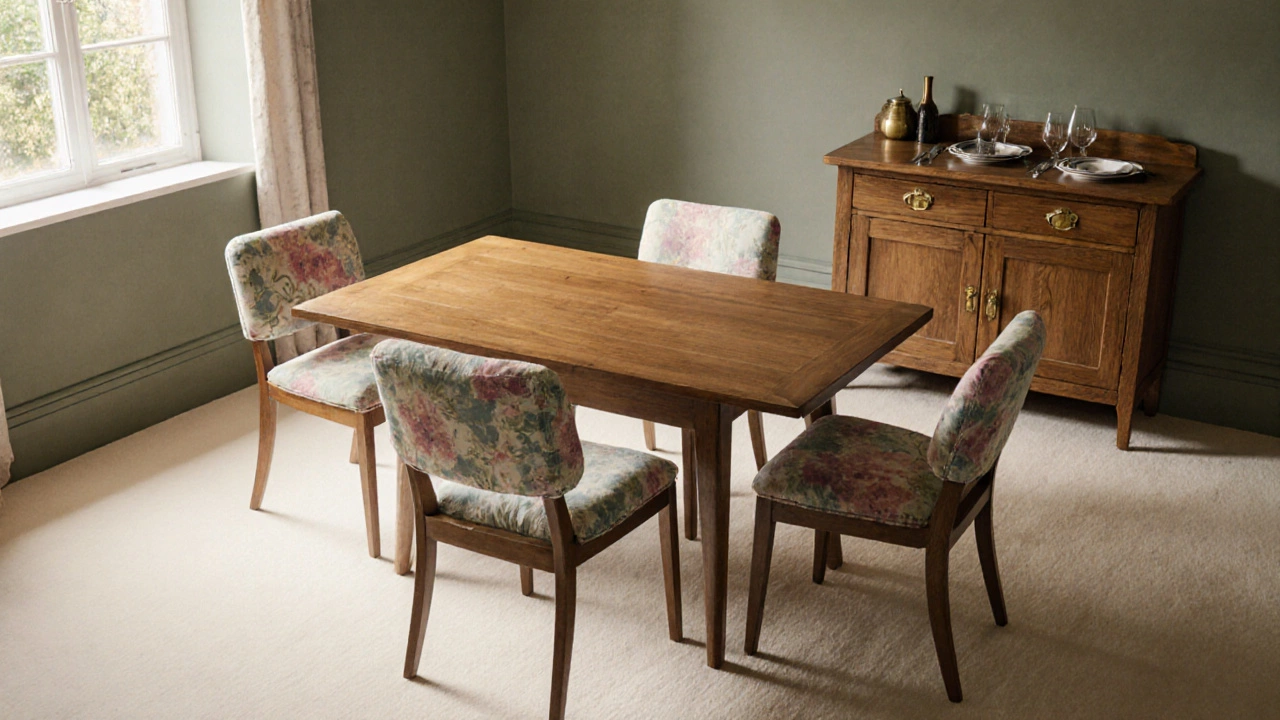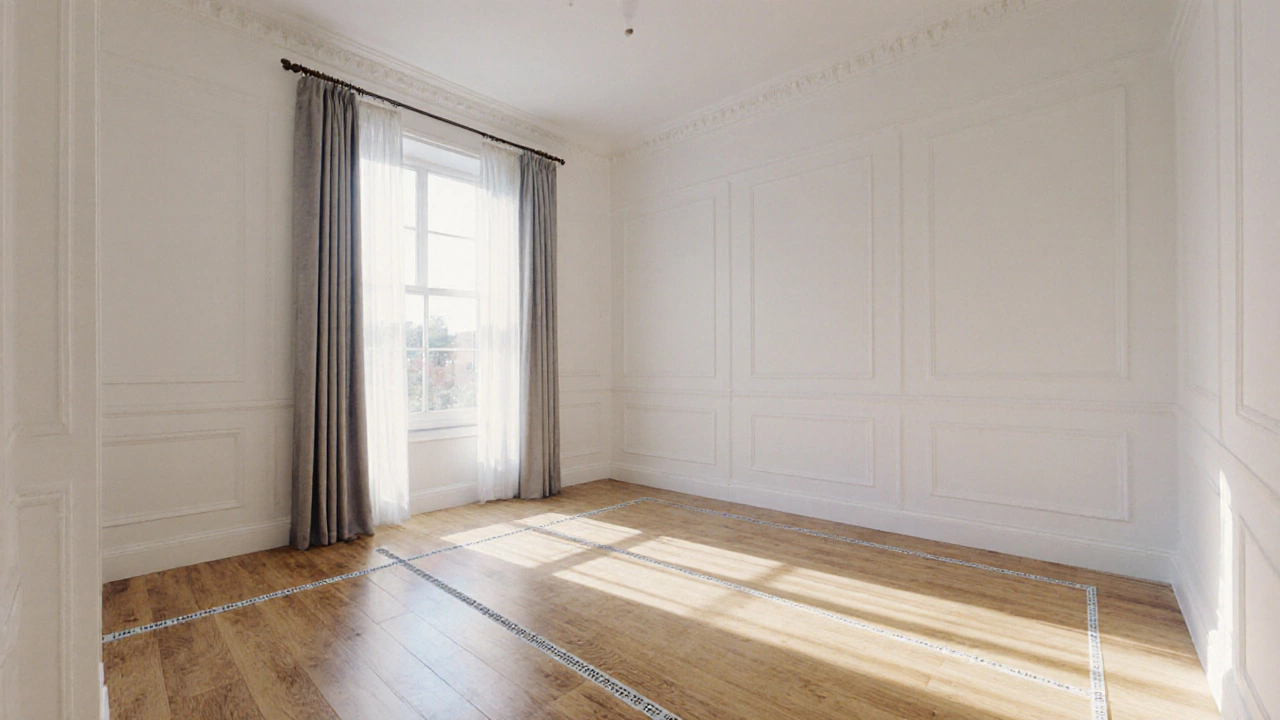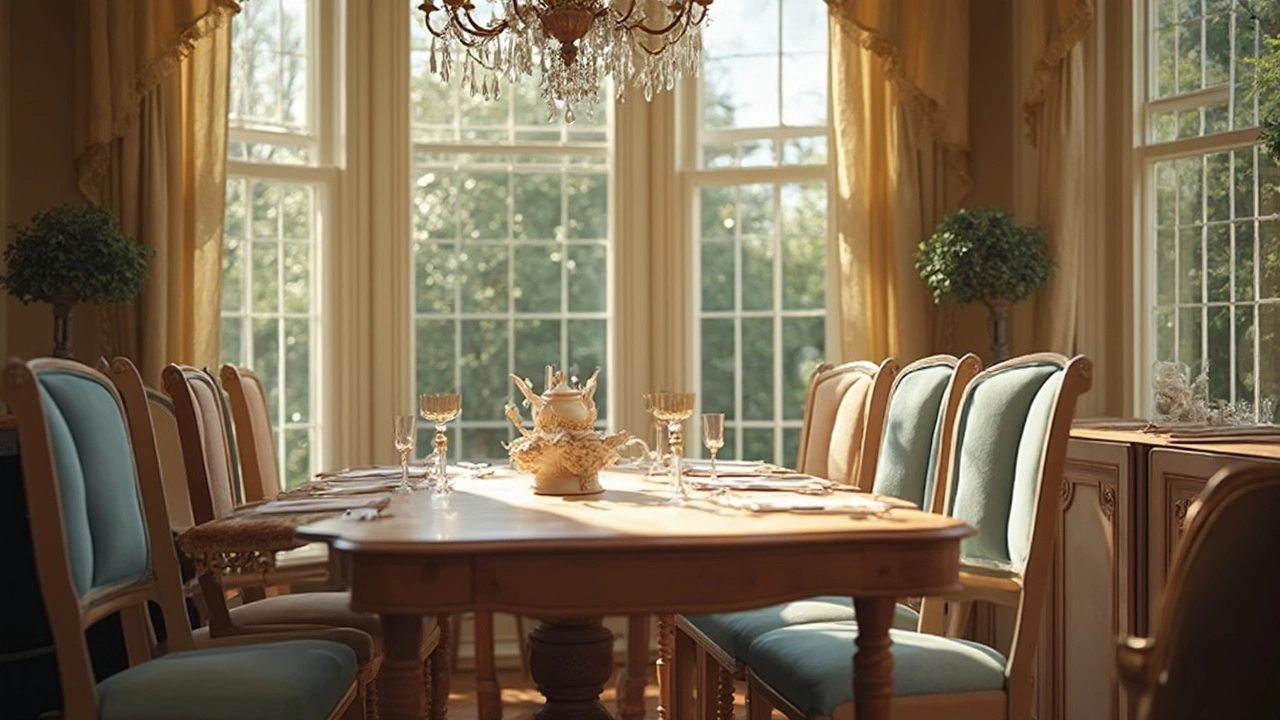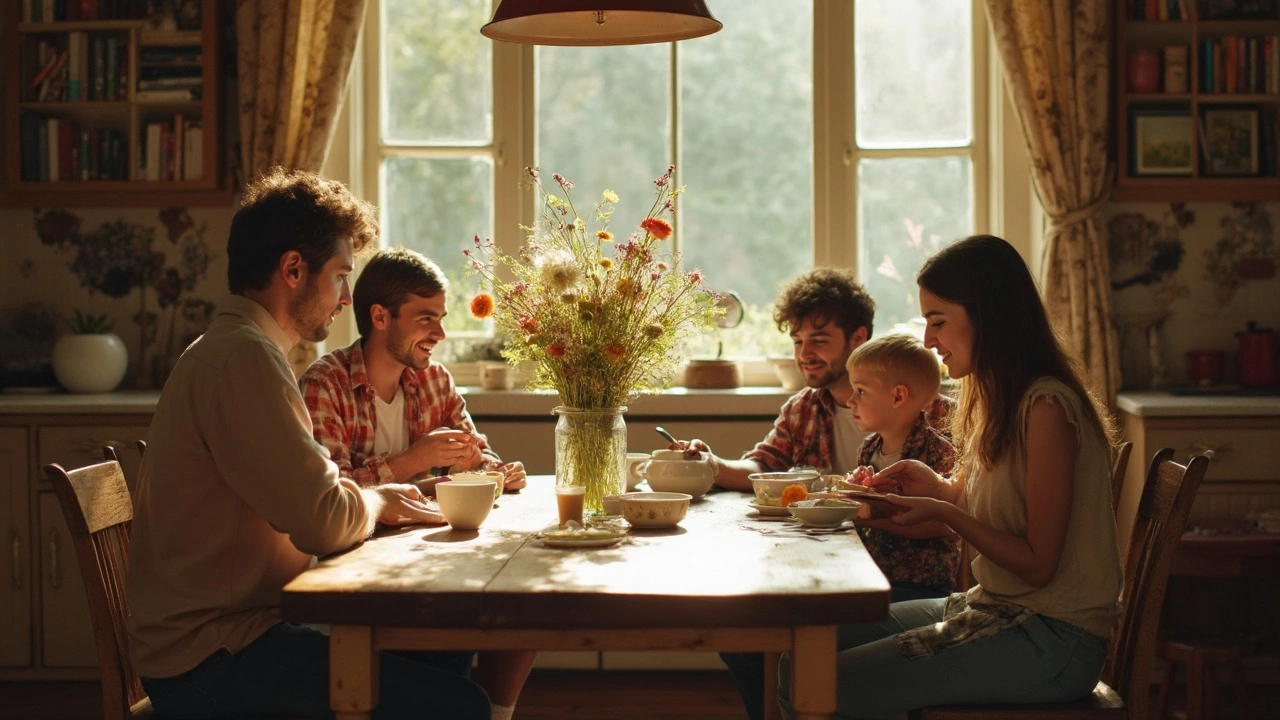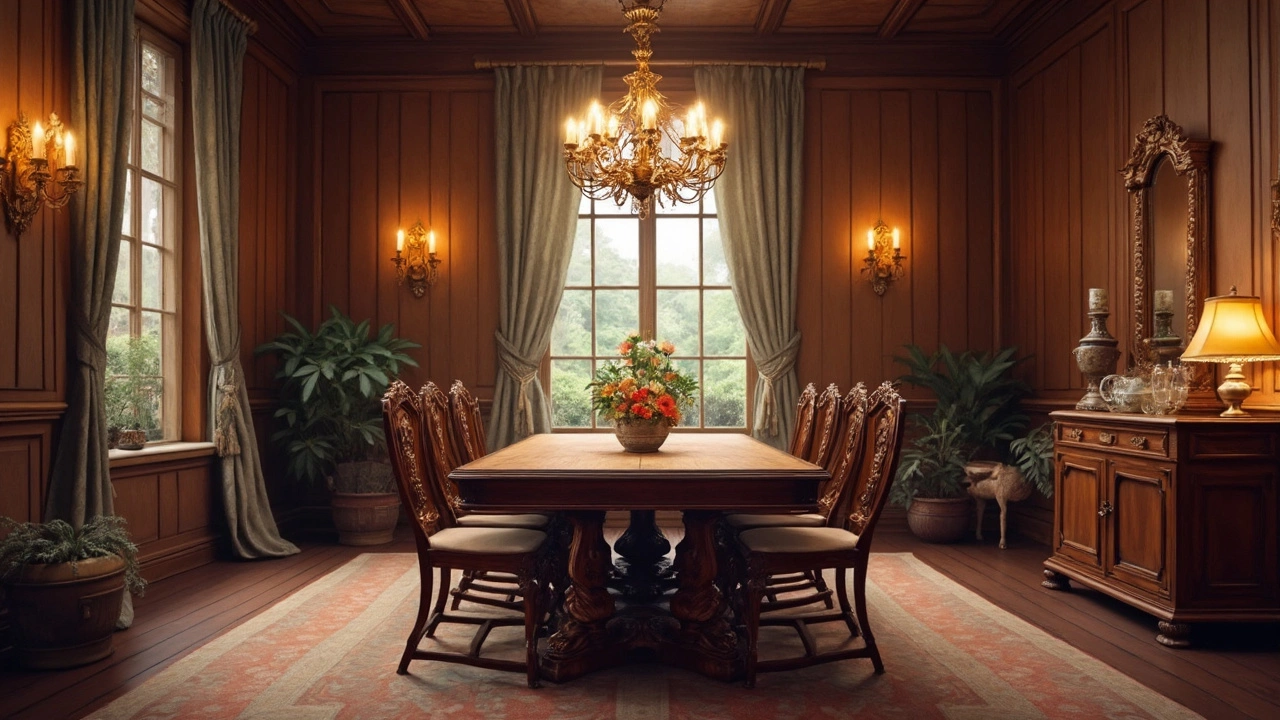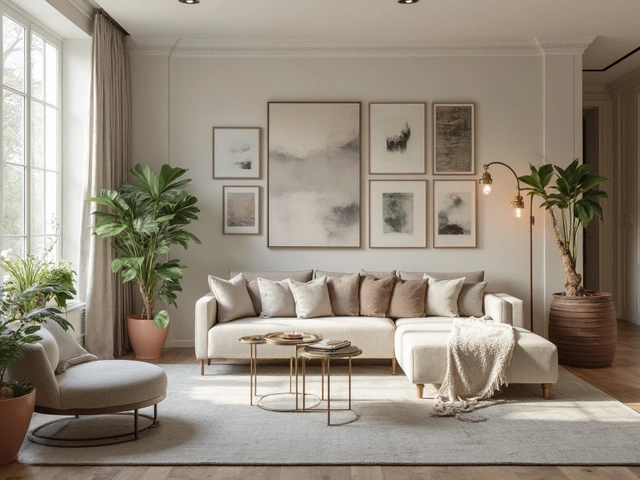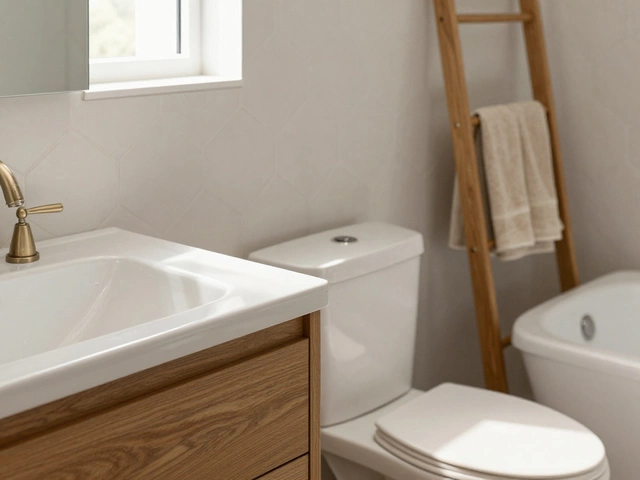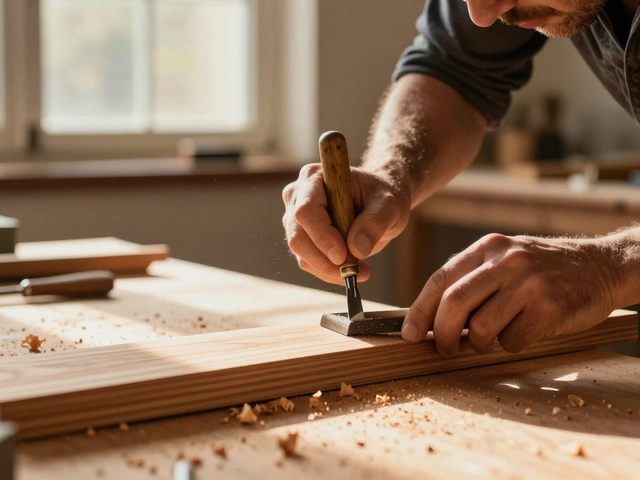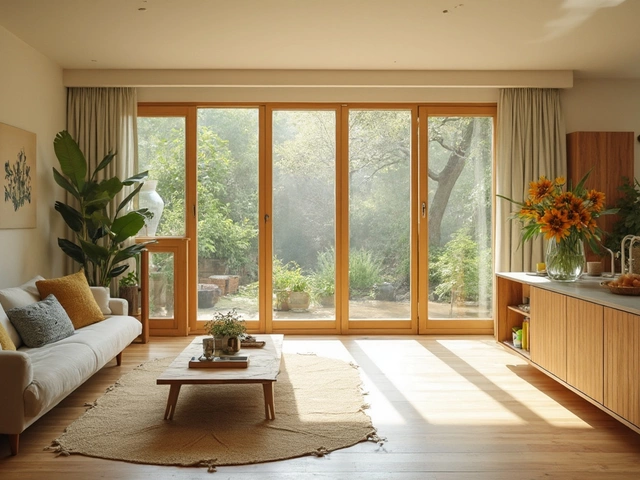Dining Room Furniture: Real‑World Tips to Style Your Space
When you walk into a dining room, the first thing you notice is the furniture – the table, the chairs, maybe a sideboard or bench. Those pieces set the vibe for meals, homework sessions, and evening chats. The good news is you don’t need a design degree to pick or arrange them. In this guide we’ll break down the basics, show you how to mix light and dark finishes without clashing, and help you choose a table and chairs that fit both your space and lifestyle.
Mix Light and Dark Pieces with Confidence
If you’ve ever wondered whether a pale oak table can sit next to a deep walnut bench, the answer is yes – as long as you balance the tones. Start by picking one dominant color (light or dark) and let the other act as an accent. For example, a light‑colored table paired with dark chairs creates a striking contrast that feels modern yet inviting. Add a neutral rug or a metal sideboard to bridge the gap. Keep hardware, like drawer pulls or leg caps, in the same finish as the dominant piece; this small detail ties everything together and prevents the room from looking disjointed.
Pick the Right Table and Chairs for Your Needs
The table is the hero of the dining room, so think about how you’ll use it before you buy. If you host big families, a rectangular table that seats eight is practical. For smaller apartments, a round or extendable table saves space and still offers enough room for guests. Measure the clearance – you’ll need at least 90 cm between the edge of the table and the wall or other furniture so chairs can move freely. When choosing chairs, consider comfort and style. Upholstered seats add coziness, while sleek metal or wood legs keep the look airy. Matching the chair back style with the table edge (both flat or both curved) creates visual harmony.
Beyond the main pieces, think about storage and lighting. A low sideboard or credenza offers a place for dishes, linens, or a wine rack, keeping the room tidy. Install a pendant light directly above the table; a dimmable fixture lets you set the mood for dinner parties or casual meals. Finally, add a rug that’s large enough to fit the table and chairs even when pulled out – this protects the floor and adds a layer of texture. With these simple steps, you’ll turn any dining room into a space that feels both functional and stylish, without spending a fortune or guessing what looks good.

